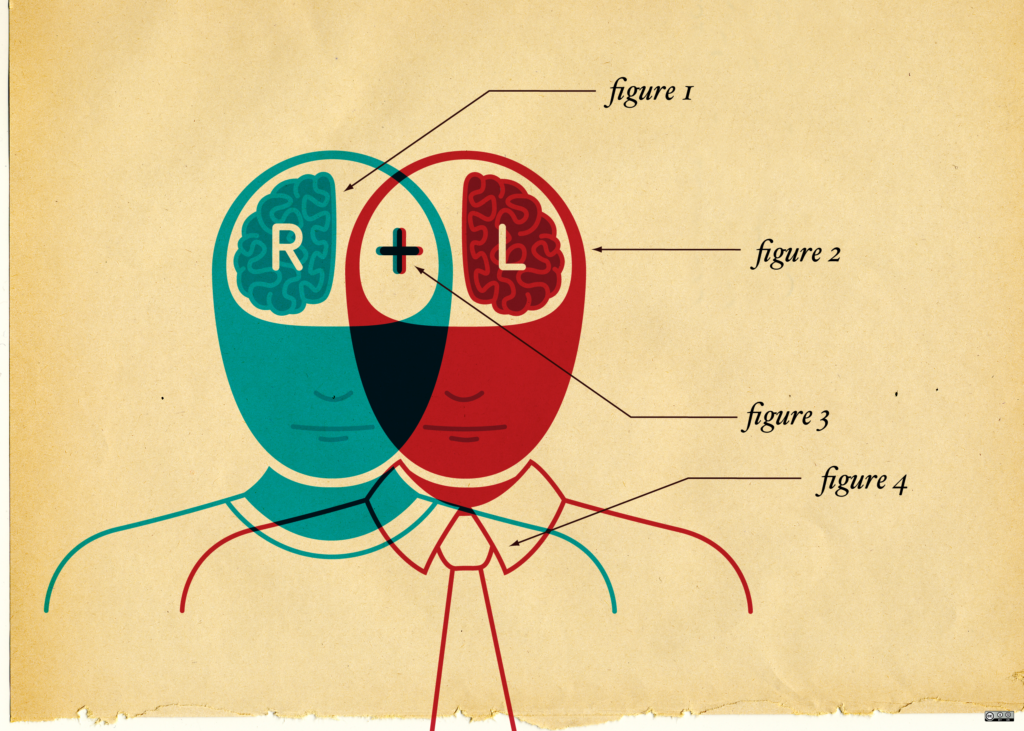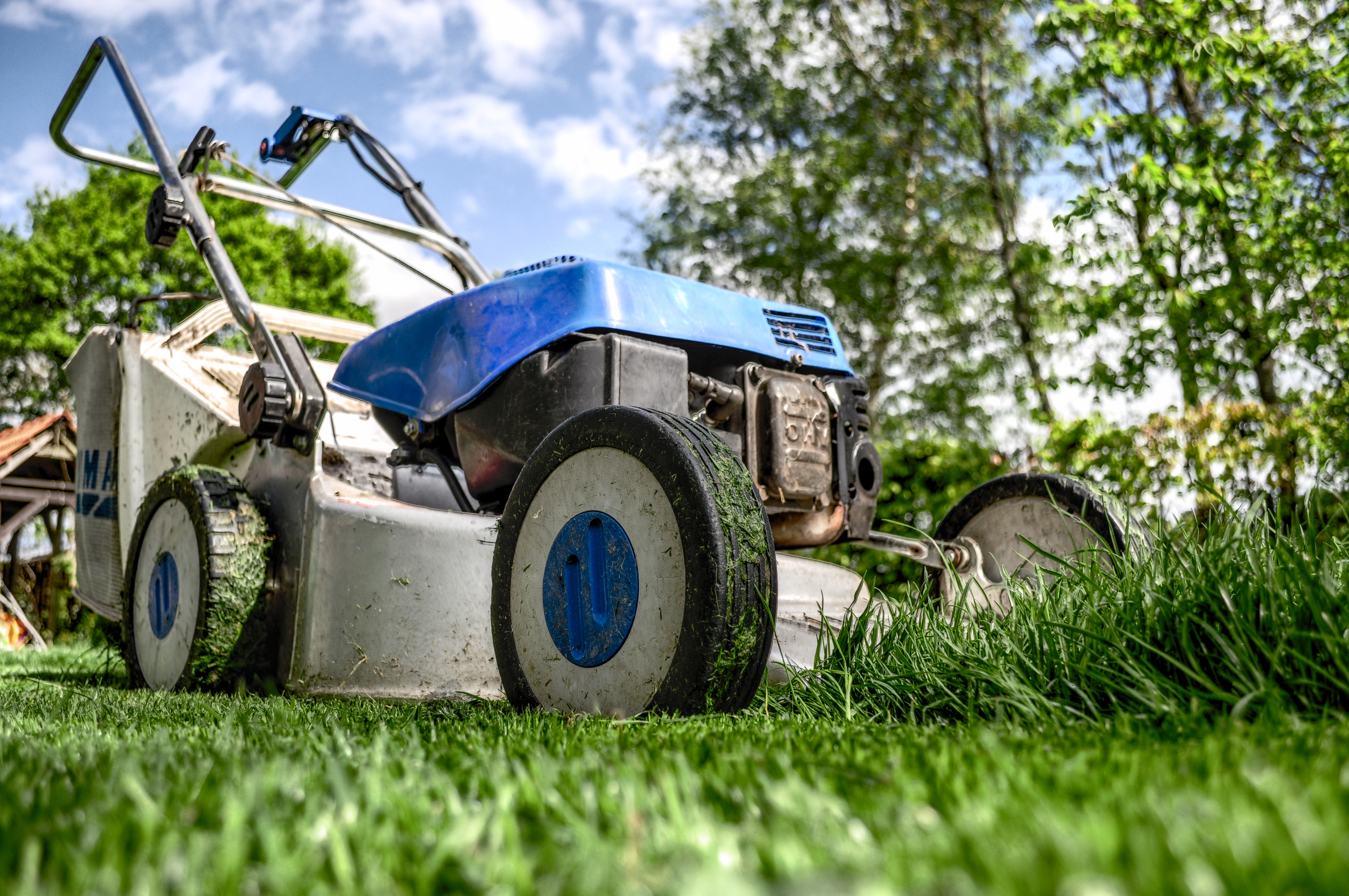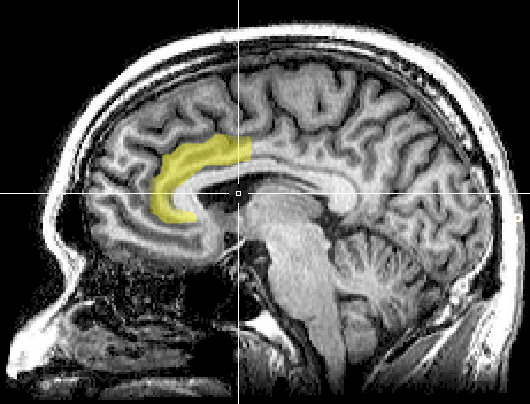Does this happen to you?
It’s Friday, and you’re sitting in an all-hands-on-deck staff meeting. The boss needs creative ideas for next quarter.
“Concentrate!” you’re told. “Be creative!”
You concentrate with all your might, but you’ve got nothing.
The next day, you’re outside cutting the grass. There’s the steady hum of the lawn mower and the rhythmic predictability of the mowing pattern. Your mind slows down. Wanders. Drifts off. But suddenly . . . light bulb.
Some creative idea nearly knocks you over. It’s brilliant. Where was that kind of thinking when you needed it in yesterday’s meeting?
The answer has to do with our creative juices and the science behind them. And although “creative juices” isn’t exactly a scientific term, there’s plenty of science behind what we understand to be creative juices.
But what is creativity, exactly?
I like this definition:
“Creativity is intelligence having fun.” – Albert Einstein
Creativity provides value — either it’s a creative way to solve a problem or a creative way to express an emotion. You might think traditional creative endeavors, like painting and singing, don’t solve a problem. At least not in the way you consider a creative solution to a business problem.
But this isn’t true — even the most avant-garde artist solves a problem. They take raw emotion, locked up inside an artist, and translate it into a piece of art for everyone. Looked at from this perspective, all art has a practical application.
Creativity has always been highly regarded in our species, even long before we knew what it was. Early humans colored beautiful murals on cave walls. In ancient western cultures up through the Renaissance, creativity was thought of as an expression of divinity transmitted through humans. Creativity was God speaking through you.
Concentration and Creativity Don’t Always Mix
It seems counterintuitive, but deep concentration is often the worst mental state for creativity. It goes back to our lawn-mower problem. During peak concentration, the electrical impulses in our brains simply aren’t optimized for creativity. It’s like tuning into a country-music station and expecting to hear jazz.
The explanation has to do with the billions of neurons in our brains, communicating with one another through synchronized electrical impulses. Scientists have dubbed this hum of synchronized electrical activity “brain waves.”
Creativity likes to play in low-bandwidth brain waves. When someone declares, “It came to me in a dream!” they’re usually describing some creative vision. Keith Richards famously wrote “Satisfaction” after claiming the song came to him while he slept (can’t fool us, Keith, we know you’ve never slept).
But the second-lowest bandwidth brain waves, the alpha waves, are the ones responsible for most of our creative activity. From a study on ScienceDirect:
“Alpha waves are seen in the electroencephalogram (EEG) during a normal wakeful state where the subject is quietly resting.”
This is why creative ideas seem to come one after another after another sometimes. Other times, getting just one creative idea is like pulling teeth. It’s why we call it “creative juices.” When you are relaxed, alpha waves to take over, and your brain can wrestle with bigger problems and perhaps come up with more creative solutions.
“The amount of alpha waves increases when the brain relaxes from intentional, goal-oriented tasks. This is a sign of deep relaxation, but it does not mean that the mind is void. This default activity of the brain is often underestimated. It probably represents a kind of mental processing that connects various experiences and emotional residues, puts them into perspective.” —Professor Øyvind Ellingsen, Professor of Cellular Cardiology at the Norwegian University of Science and Technology.
Consider the following activities next time you want to get your alpha waves flowing.
4 ways to stimulate creative juices and start up your Alpha waves
1. Take a walk
Walking relaxes you and pulls you out of the rush of information you’re dealing with at the office.
And if you want to be creative, you’re going to have to chill out.
2. Take a shower
It’s not a coincidence that great ideas come to you in the shower. It’s the perfect mix of relaxation and routine.
Or as it was put in Reader’s Digest by associate professor of neuroscience Mark Fenske:
“Shampooing hair and lathering up doesn’t take a lot of cognitive focus. Other parts of the brain can start to contribute.’’
3. Get some exercise
Monotonous aerobic activities, like running, slow down your wavelength into the alpha zone. Einstein famously claimed to have come up with the theory of relativity while riding his bicycle.
It turns out that Einstein knew what he was talking about. Which, I mean, yeah, he’s Einstein. A recent study found that there is a positive effect between physical exercise and executive functioning, with marked improvements in creativity associated with everyday bodily activity.
4. Practice meditation
The benefits of meditation are well documented and include getting your brain primed for creativity.
Meditation and mindfulness often go hand in hand and are focused on calming the constant stream of thoughts, anxieties, appointments, and drama running through your brain. These thoughts are distracting, are often unwanted, and can cast a smokescreen over your creativity.
Meditation can improve your attention span, allowing you to stay focused on your creative project longer. Meditation increases cognitive flexibility, allowing you to change gears between different topics in your mind. This flexibility is essential for creative work, allowing your brain to make new connections between disparate ideas to create something new.
Meditation also has been shown to improve performance on creative tasks that require divergent thinking.
Not sure where to start with meditation? Check out this excellent guide.
Creativity can become a habit
Creativity isn’t just a flash of random inspiration from the universe. With the right practice, creative thinking can become a habit.
In his book “Creative Confidence,” Tom Kelley (IDEO co-founder) says “Like a muscle, your creative abilities will grow and strengthen with practice.”
Psychologist Robert Epstein, author of The Big Book of Creativity Games, has conducted research showing that expanding four skill sets can build a habit of more frequent creative ideas.
Let’s take a look at Epstein’s four skills.
Four skills to practice to build a creativity habit
1. Capture your new ideas
Carry a notebook with you. Or keep a file on your phone to capture new ideas. Also take advantage of your phone’s voice recorder to capture and record voice ideas. We use I DoneThis to note our ideas for new projects.
2. Seek out challenging tasks
Take on projects that don’t exactly have a clear solution. Creativity will come out, and you’ll force old ideas to rub into one another. Google famously saw job applicants’ creative thinking in action by asking questions like “how many golf balls can fit in a school bus,” while Trader Joe’s has been known to ask its applicants “What would you do if you found a penguin in the freezer?”
3. Broaden your knowledge
Epstein recommends taking a class outside your area of expertise or reading up on a subject matter unfamiliar to you.
“You’ll do better in psychology and life if you broaden your knowledge,” he says.
4. Surround yourself with interesting things and people
Take in conversations with new people, and see unfamiliar things. This gives you a deeper pool of information to dip into when you’re doing creative work later on.
Host a dinner party with an eclectic mix of guests, or visit a new museum.
Healthy body + happy mind = creative thinking
Despite the cliches about the tortured creative genius, science shows the best creativity comes from a sound body and a sound mind.
One study of undergraduate students found that sadness hindered new ideas. This could be because feeling sad makes people more sensitive to making mistakes and taking risks, according to researchers.
Here are three tips for stimulating creativity by keeping a sound mind and a sound body.
1. Get some sleep
Getting plenty of rest is key for recharging your body and getting unstuck from creative ruts. A well-rested mind is much more capable of coming up with creative solutions to problems or artistic creativity. When we experience lack of quality sleep, our brain functionality is the first thing to suffer.
Worse, a lack of sleep causes a host of physical and mental problems. Cardiovascular problems, headaches, depression, and diabetes have all been linked with insufficient sleep.
2. Absorb A Little sunshine Every Day
Not only does vitamin D fend off depression, but getting some rays helps with creative thinking as well. Vitamin D, known as the “sunshine vitamin” is necessary for many aspects of mental health.
Professor Thomas Burne (and colleagues at University of Queensland Brain Institute) explains his motivation for studying the power of sunshine, saying, “Over a billion people worldwide are affected by vitamin D deficiency, and there is a well-established link between vitamin D deficiency and impaired cognition. … Cognitive tests revealed that the mice that lacked vitamin D were less able to learn new things and remember compared with the mice in the control group.”
3. Surround yourself with nature
Turns out, being around nature helps restore energy, which can get quickly sapped by any creative endeavor. In fact, it’s been shown that spending even 10 minutes in a natural setting helped subjects feel an immediate and marked sense of well-being and relief from stress.
So get outside if you can during your breaks, and soak up whatever nature you can. It’s good for you!
You might not be able to turn your office into a log cabin, but you can introduce a little nature by way of house plants. They’re also great at cleaning indoor air. Still feeling cooped up? Need to get the creative juices flowing? Now you know exactly what to do about it.
Now quit goofing around and get back to cutting the grass.
P.S. If you liked this article, you should subscribe to our newsletter. We’ll email you a daily blog post with actionable and unconventional advice on how to work better.




